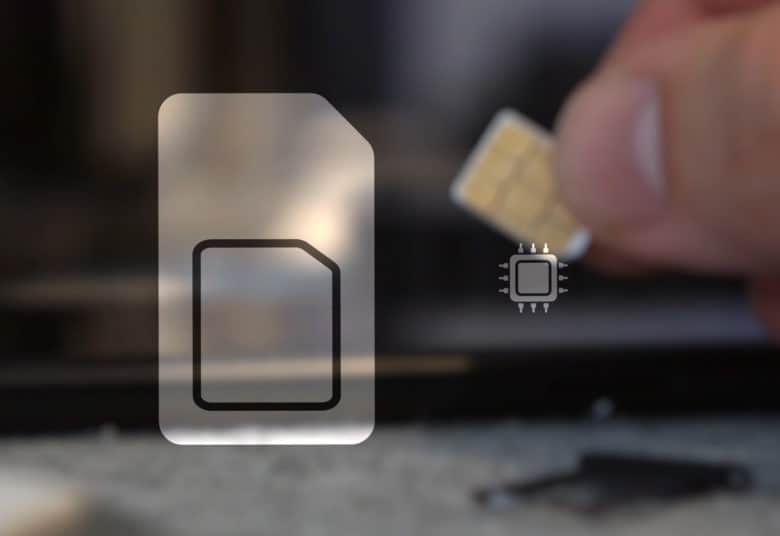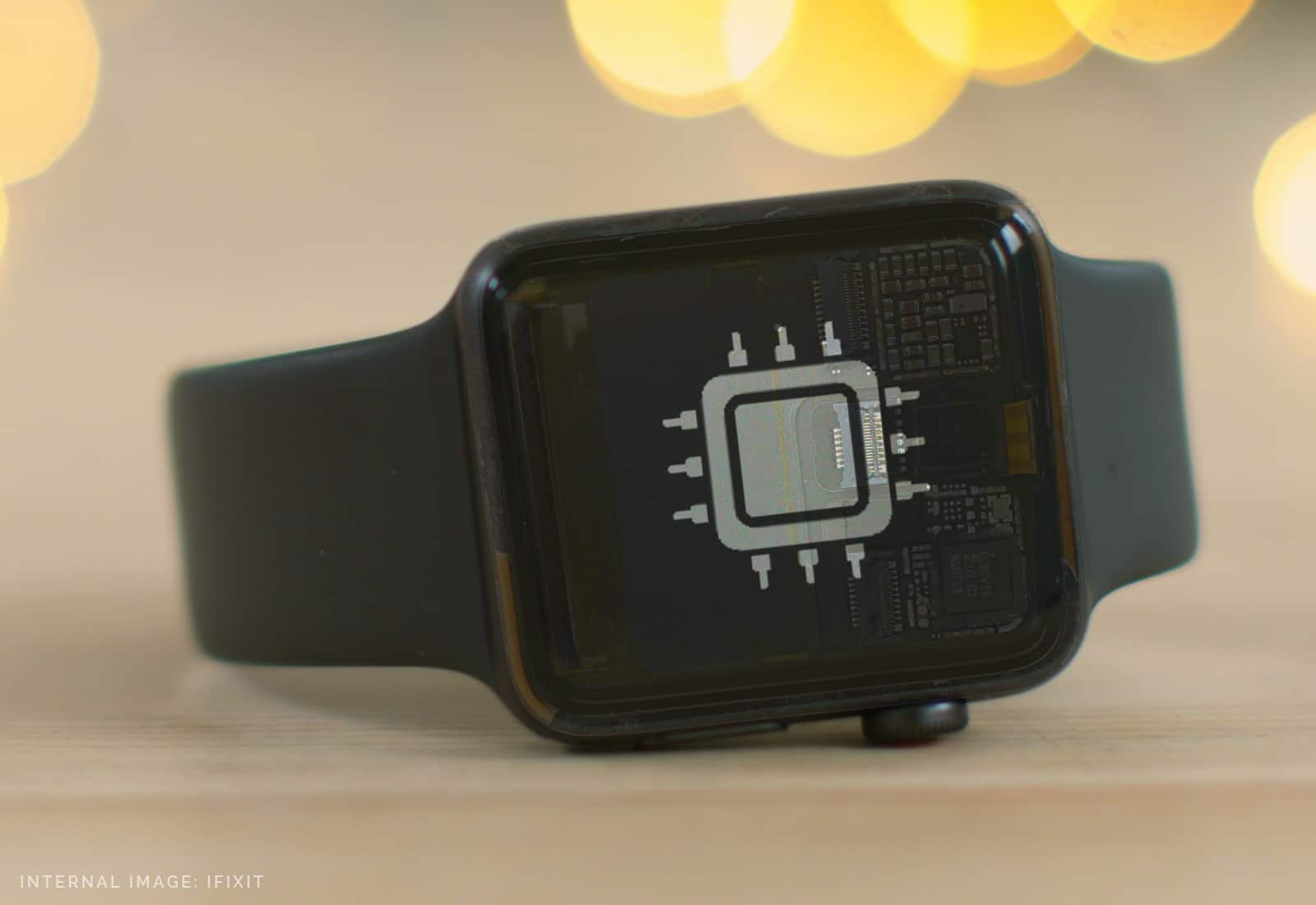Apple Watch Series 3 is Apple’s best smartwatch yet. It’s faster, packed full of new features in watchOS 4, and it boasts amazing new cellular connectivity (if you pay more for the LTE model). This is all made possible with a built-in antenna, a UMTS radio, and an eSIM. But how does it work?
Check out the video below to find out.
An eSIM is a non-removable, virtual version of the traditional SIM card. It stores your international mobile subscriber identity (IMSI) and its associated authentication key. The big difference is its size; it’s one-hundredth of the size of a standard SIM card.

Photo: Ste Smith/Cult of Mac
It works in conjunction with the UMTS radio, which stands for Universal Mobile Telecommunications System. It automatically switches to cellular when you’re out of range from your iPhone or a known Wi-Fi network.
Setup is made easy through an app, and once it’s done, it’ll share your iPhone’s number — so there’s no confusion when you message contacts with a random number.
Apple Watch Series 3 isn’t the first wearable to feature an eSIM. The Samsung Gear S2 3G, launched in 2016, took that crown. However, its adoption by Apple — which will sell significantly more units — is likely to be the first time that most people experience it.
It’s an extra charge on your monthly contract, but Apple’s been working with carriers to make this affordable. In the U.S., AT&T, Sprint, T-Mobile, and Verizon let you marry your Watch to your iPhone plan for just $10 a month on top of your existing plan.
Elsewhere in the world, prices vary. For example, here in the U.K. where I live, it’s free for the first six months — and then £5 a month after that. Since you share a number, however, you’ll need to keep the same carrier as your iPhone, and only EE supports Apple Watch LTE for now.
While this does mean that you’ll be paying a bit more on top of your existing carrier charge, the extra functionality is great.
For me, it’s worth that extra cost. Just the other today, before filming the video, I popped to a local shop without my iPhone and was still able to get a phone call from my friend who needed an answer on something straight away. The call was clear, he could hear me fine, and the connection was great.
The reason I really wanted the cellular model wasn’t for the red dot on the Digital Crown, but for when I go swimming or to the gym. I always take my iPhone with me, stick it in a locker, and increase the chance of losing it or getting it stolen.
Now I can just take my Apple Watch and my Beats earphones, still listen to music, take phone calls, and send texts with no hassle. It’s smart technology — and it’s something we’ll see a whole lot more in the future.
The eSIM could one day make its way into the iPhone, leaving more room internally for bigger batteries or larger camera sensors. And the data that’s stored on standard SIM cards could become rewritable for eSIMs in the future, so if you need to switch carriers, it would take just a phone call, rather than a new SIM.
Make sure to subscribe to the Cult of Mac YouTube channel to stay up to date with the latest news, reviews and much more.


